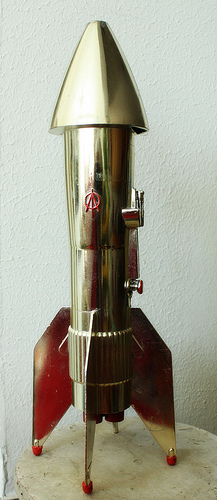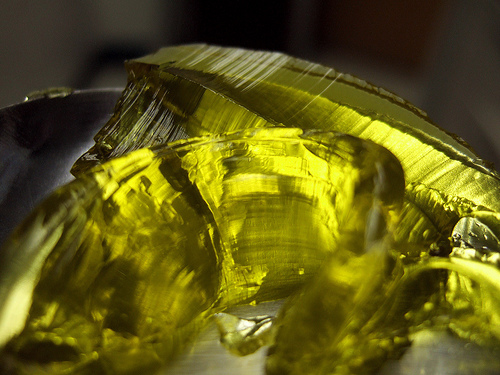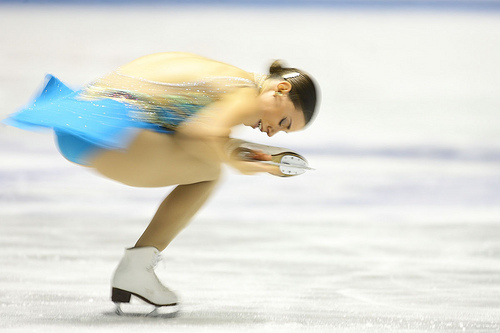
An article in BMJ indicates that the best hip implants may actually be killing patients – an outrage or a statistical fluke? The image is CC by Wayne Wilkinson
An important question was raised by McMinn et al.: Can choice of hip arthroplasty have an impact on life & death?
While uncemented total hip arthroplasty implants are very popular, they’re often slightly more expensive, have a higher risk of peroperative fractures, and a have a higher overall risk of re-operations/revisions (although this has recently been put in question, as it may be part due to a few bad implants). McMinn’s study is interesting because it might add a new dimension to the choice of implants: should we also look at the mortality rates when choosing the best implant?






